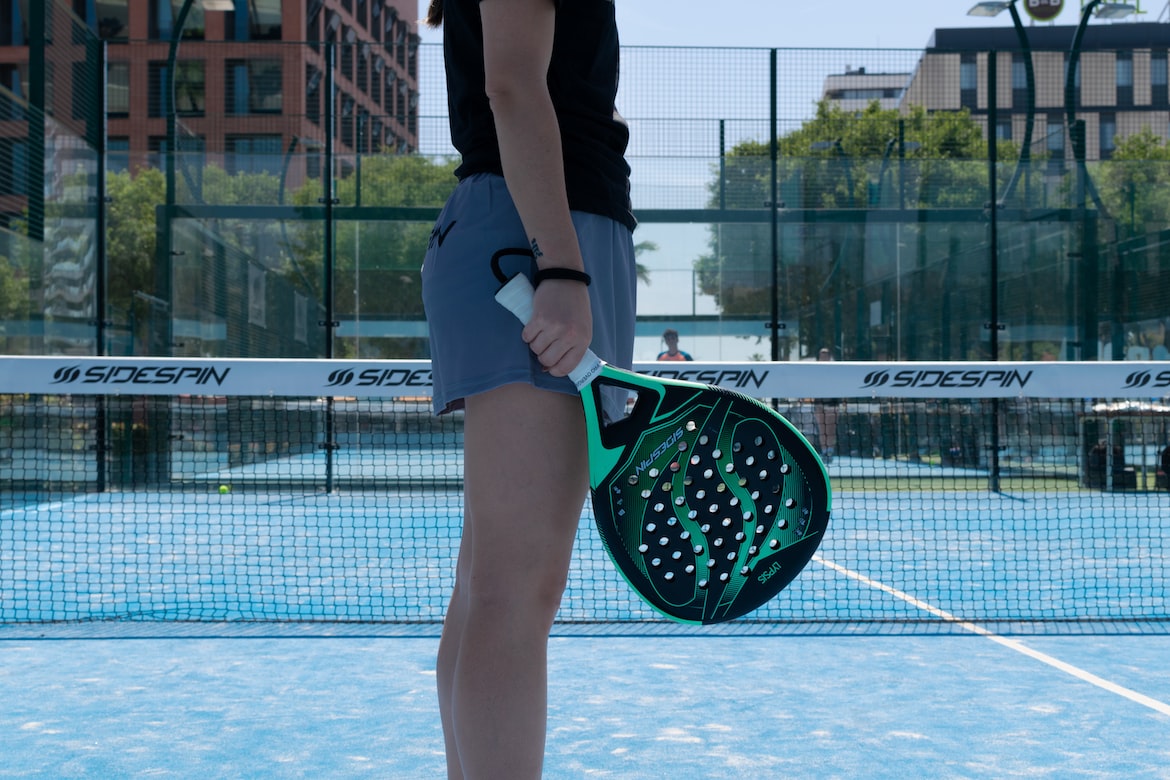Understanding the Key Rules of Padel for Beginners
3 min read
Understanding the Key Rules of Padel for Beginners
Greetings, budding padel players! If you’re new to this fantastic sport, you’re in for a treat. Padel is a thrilling mix of tennis and squash, played in a glass-walled court with some really cool rules. Today, we are diving into the key rules of padel for beginners, unraveling the mysteries of this fast-paced game. So grab your padel racket, put on your game face, and let’s get started!
The Serve
The serve is where it all begins. Unlike in tennis, where you toss the ball up into the air, in padel, you have an underhand serve. Your serve has to be below waist level, and you can hit the ball after the bounce. Oh, and did I mention? You have to serve diagonally, crossing the ball into your opponent’s service box. It takes some getting used to, but trust me, it adds an extra element of excitement to the game!
The Walls Are Your Friends
Picture this: you’re about to lose a point, your only hope is for the ball to hit the glass walls and confuse your opponents. In padel, you can use the walls to your advantage. You can hit the ball off the walls as long as it lands within your opponent’s court. The walls become an extension of the court, making the game even more dynamic and unpredictable. So don’t be afraid to let loose and aim for those walls!
The Golden Middle Zone
One of the fundamental strategies in padel is controlling the net. The middle zone, also known as the “Golden Zone,” is the area you want to dominate. This zone stretches from the T-line to about halfway between the net and service line. By positioning yourself confidently in the Golden Zone, you will be in an ideal position to intercept your opponent’s shots and launch your own attacks. Remember, padel is all about calculated aggression!
Lob it like a Pro
Picture this: your opponent has you pinned to the back of the court, and there seems to be no way out. Fear not! In padel, you have the lob shot. The lob is a high, arching shot that helps you regain control of the rally and get back into the game. It can be a real game-changer, as it forces your opponents to retreat and gives you room to breathe. So, when you’re in a tight spot, channel your inner padel maestro and unleash a beautiful lob!
Learn the No-Volley Zone
Now, let’s talk about the “no-volley zone,” also known as the “kitchen.” This is the area near the net, within 7 feet on each side of the net. You are not allowed to hit a volley, which means you must let the ball bounce before hitting it if you are inside the no-volley zone. It requires precision and control to master this zone, as it will test your patience and strategic thinking. Be patient, young padel warriors, and wait for the perfect moment to strike!
The Exciting Tie-Breaker
When the game ends in a tie, it’s time for the thrilling tie-breaker! The tie-breaker in padel is slightly different from tennis. Instead of starting with a regular serve, the player starts with an underhand serve and only gets one attempt. You’ll play one point as the server and one point as the receiver, alternating until someone wins the tie-breaker by a margin of two points. It’s a true test of nerves and skill that will keep you on the edge of your seat!
So there you have it, the key rules of padel for beginners. Whether it’s the underhand serve, the strategic use of the walls, or the thrilling tie-breakers, padel offers a unique and exhilarating experience. Embrace the learning process, practice your shots, and soon you’ll be dominating the court like a pro. Get out there, have fun, and welcome to the amazing world of padel!






